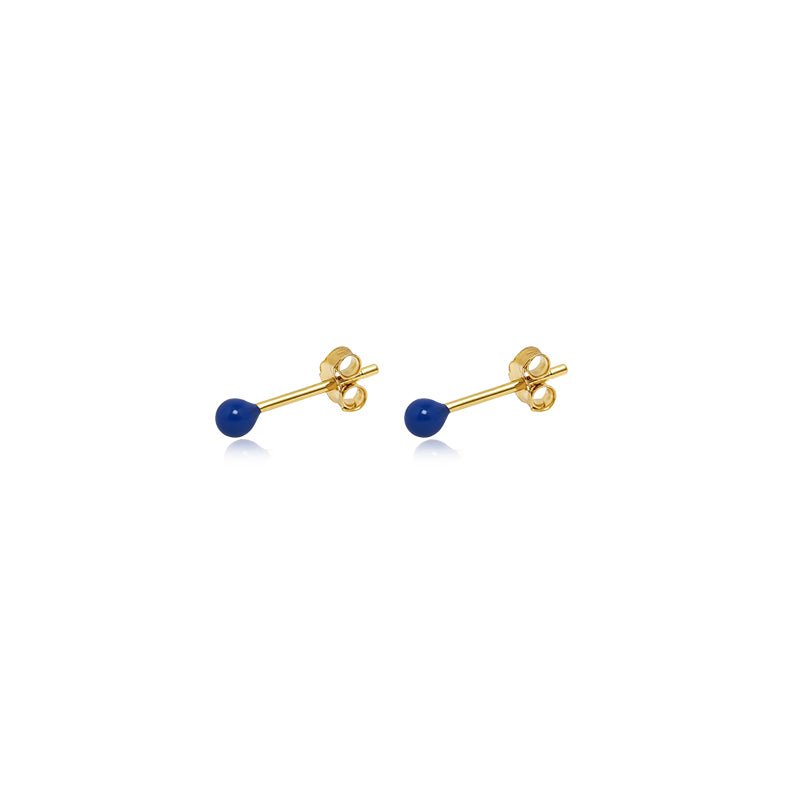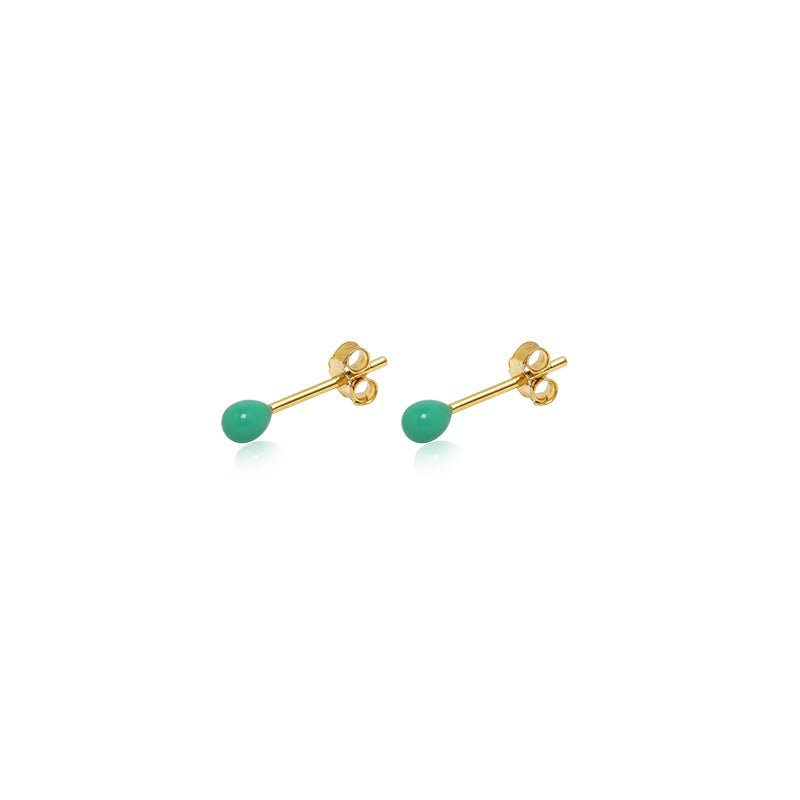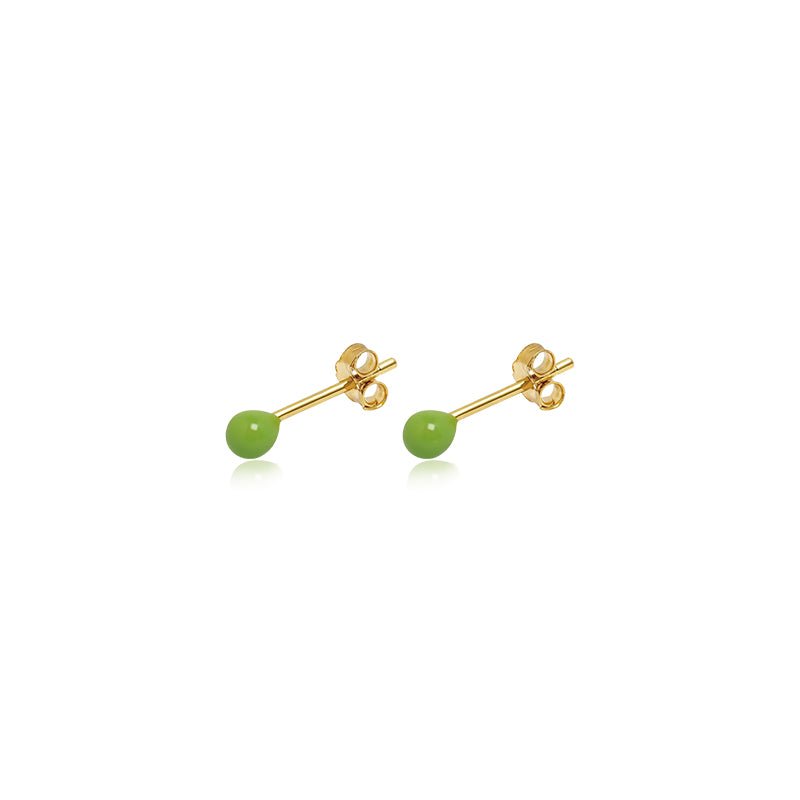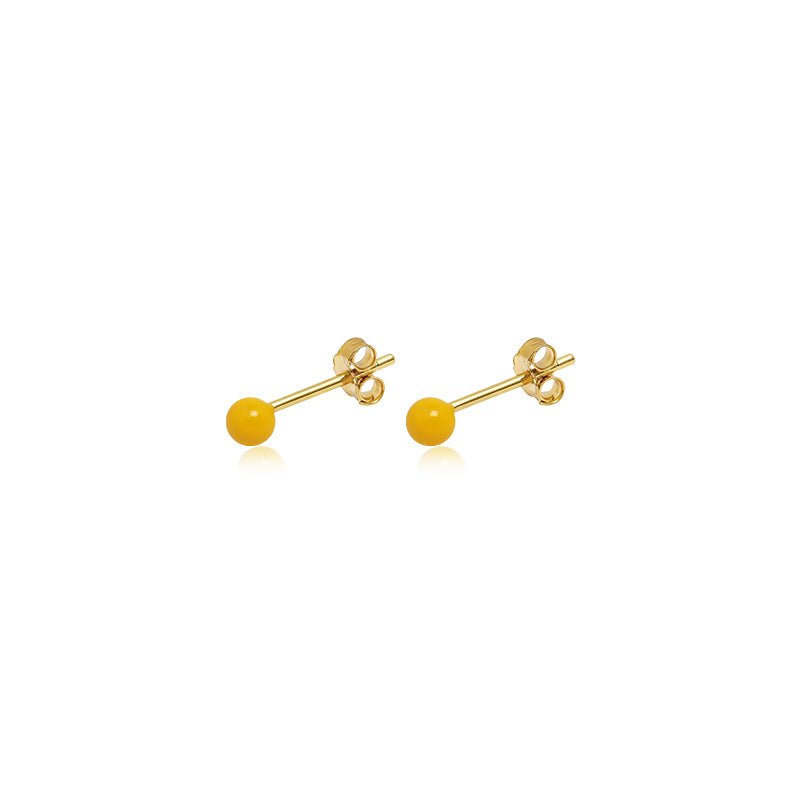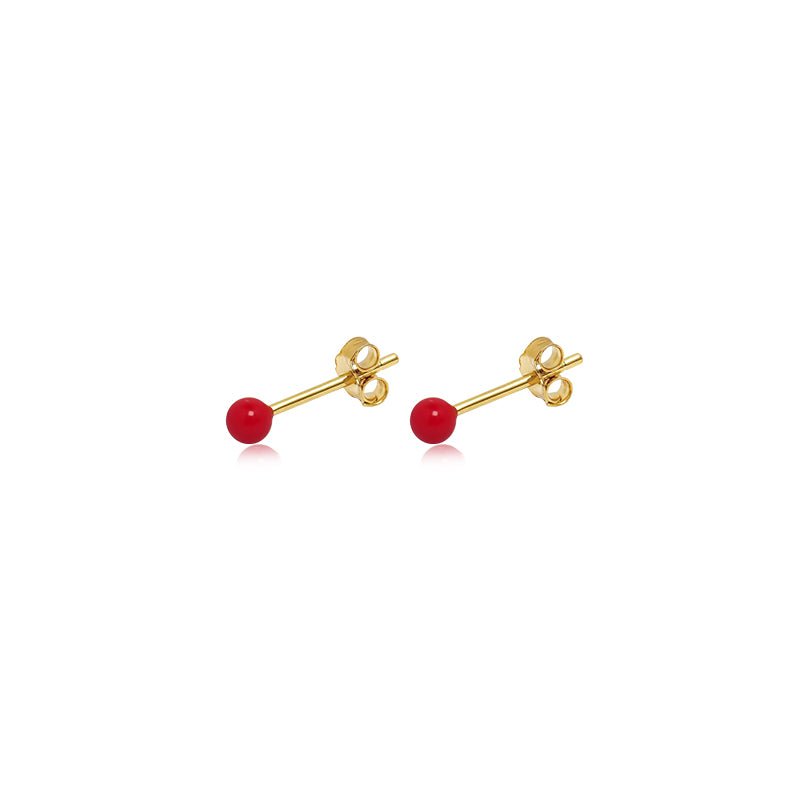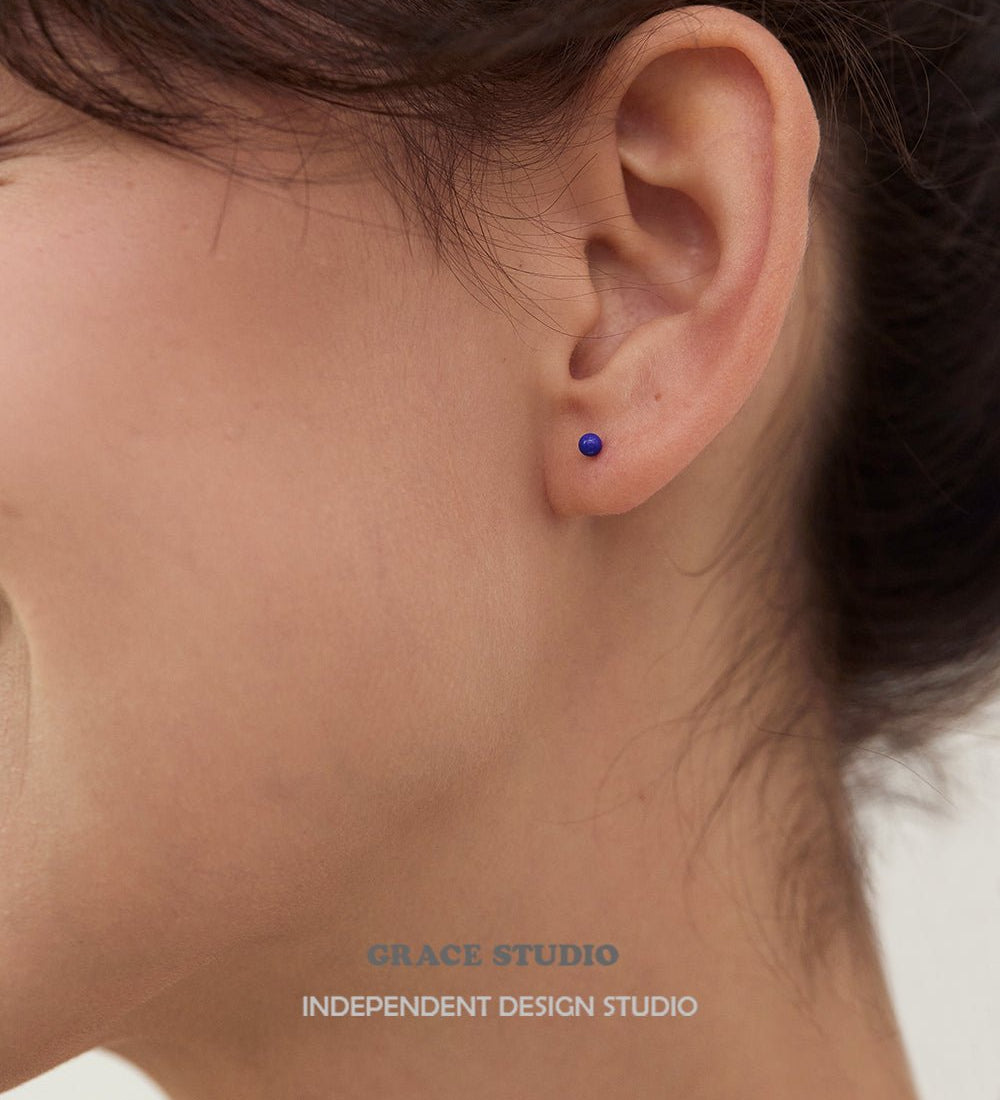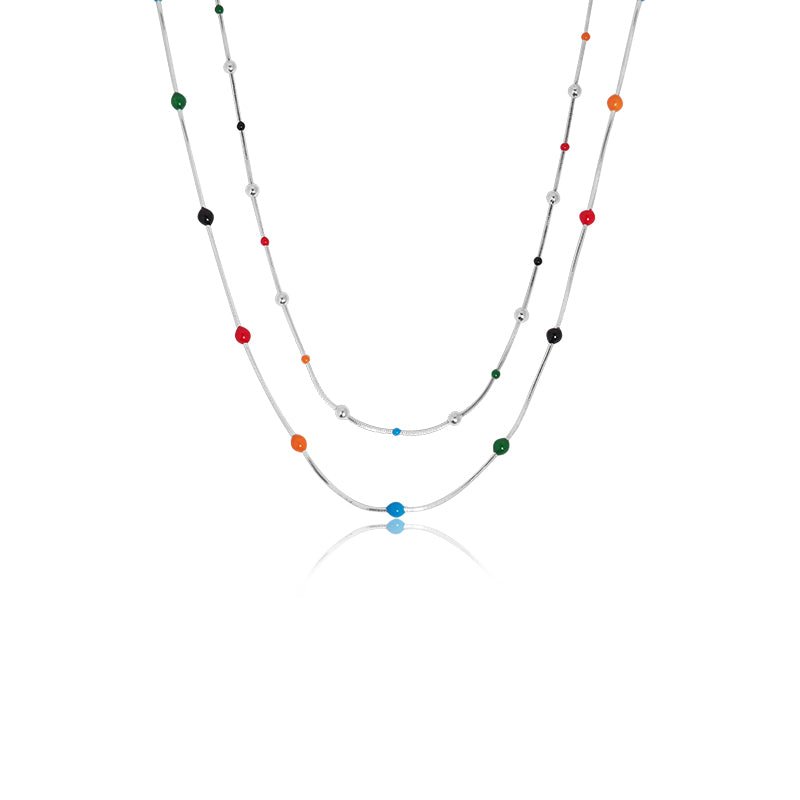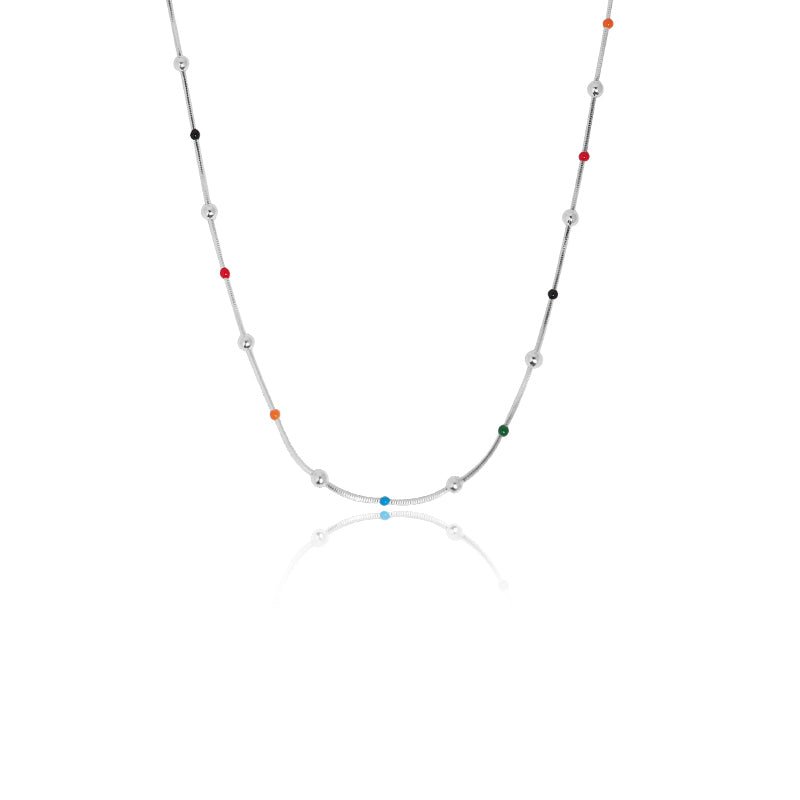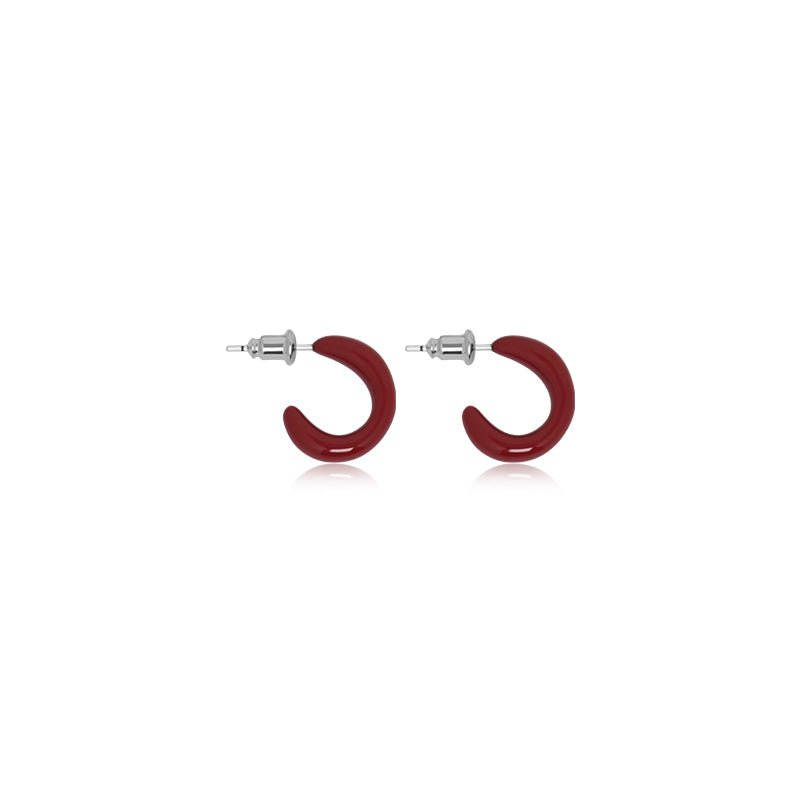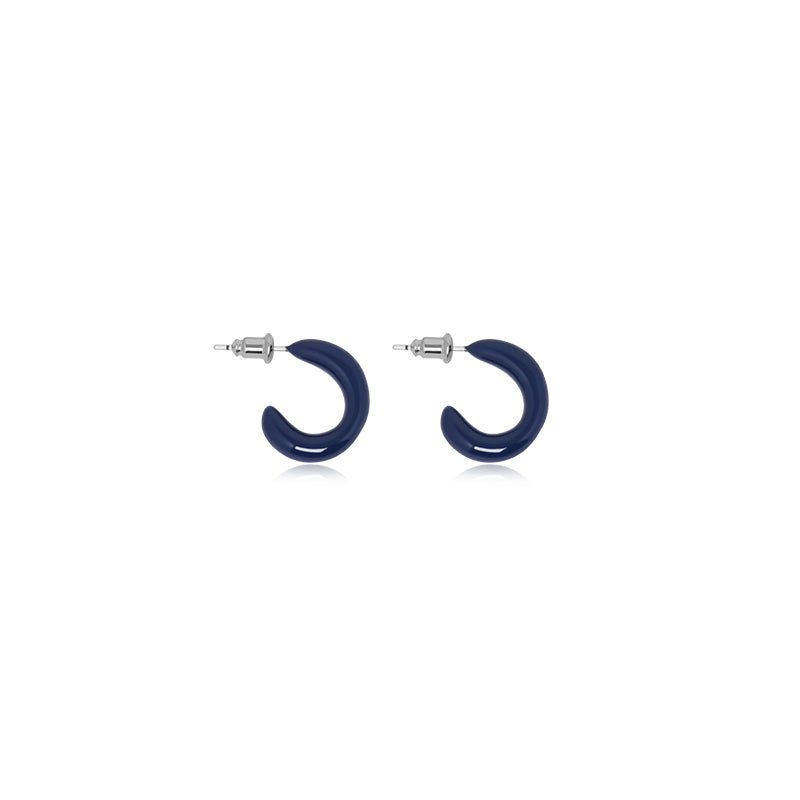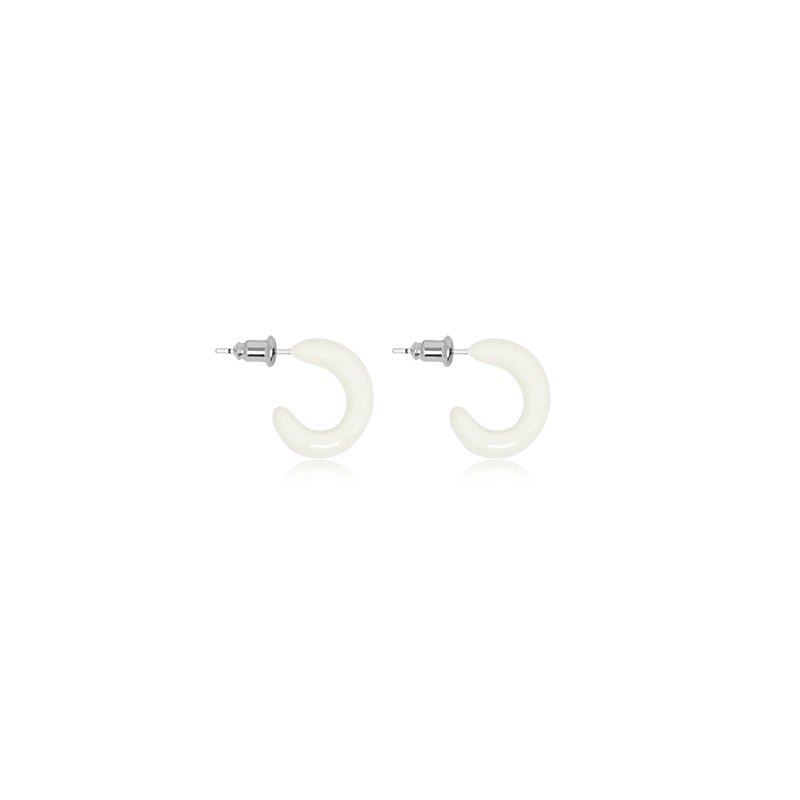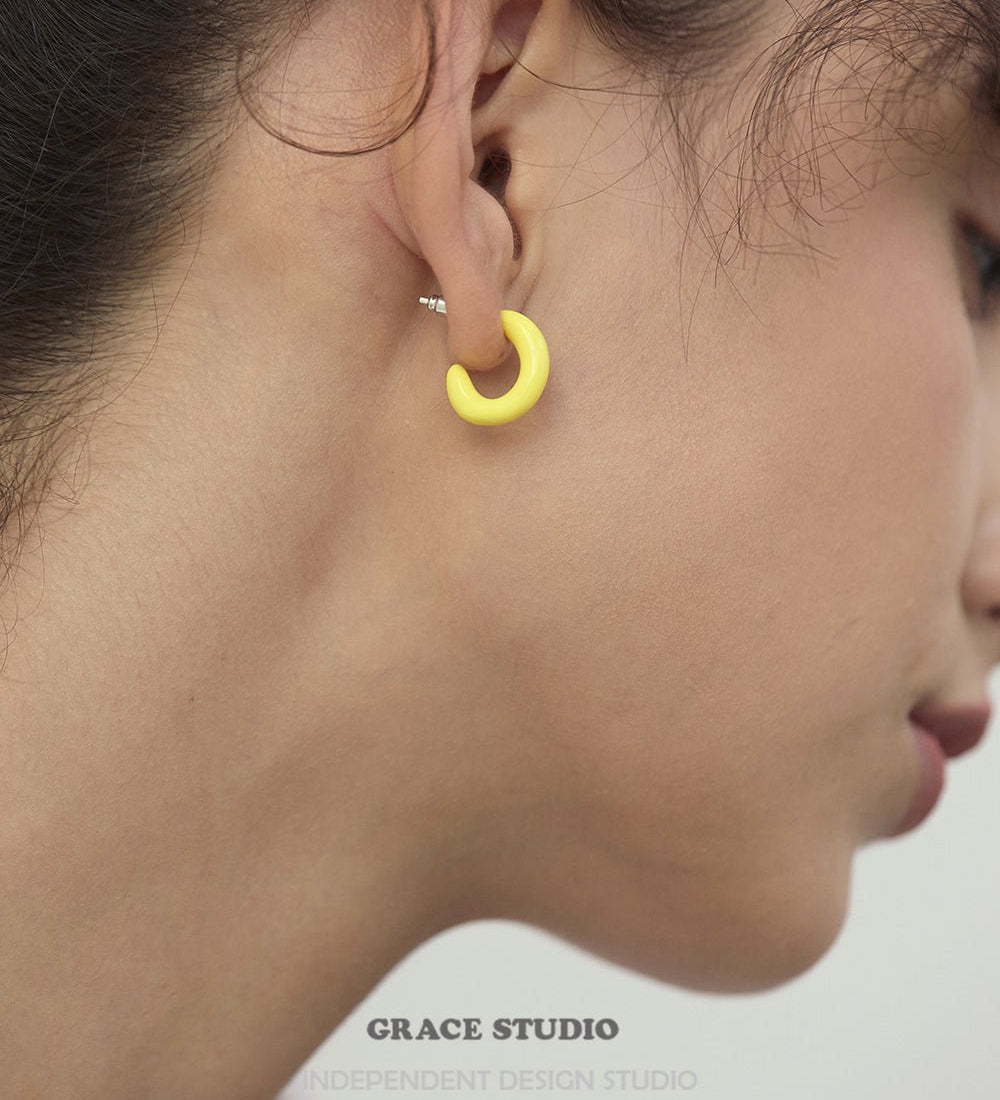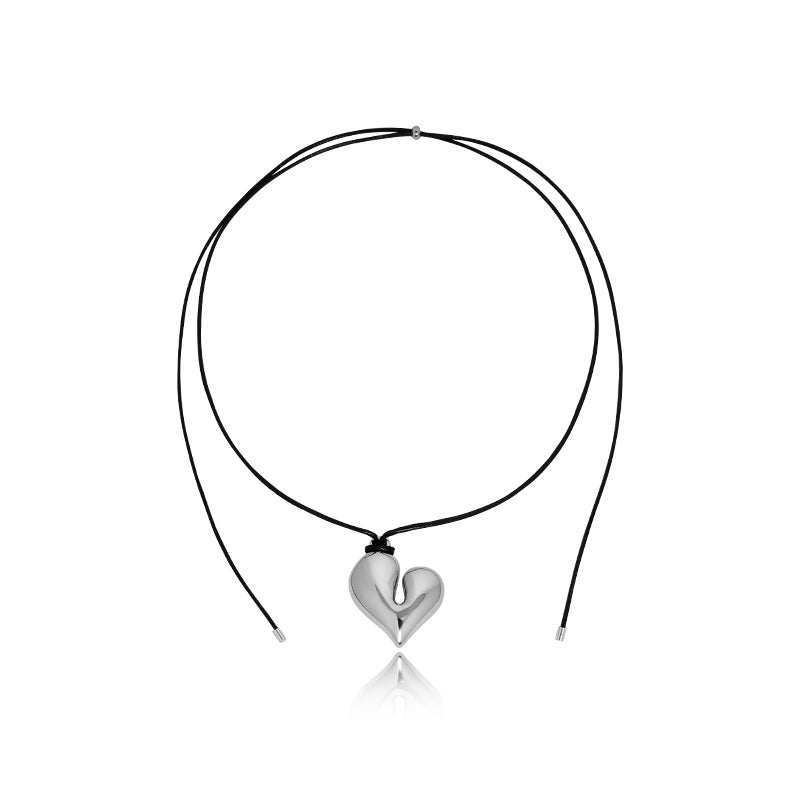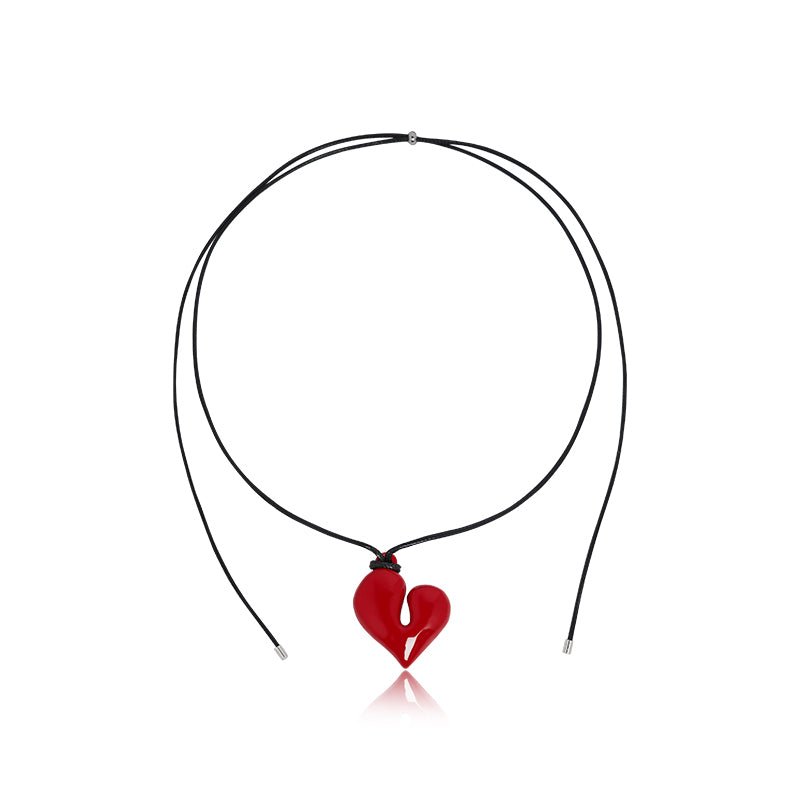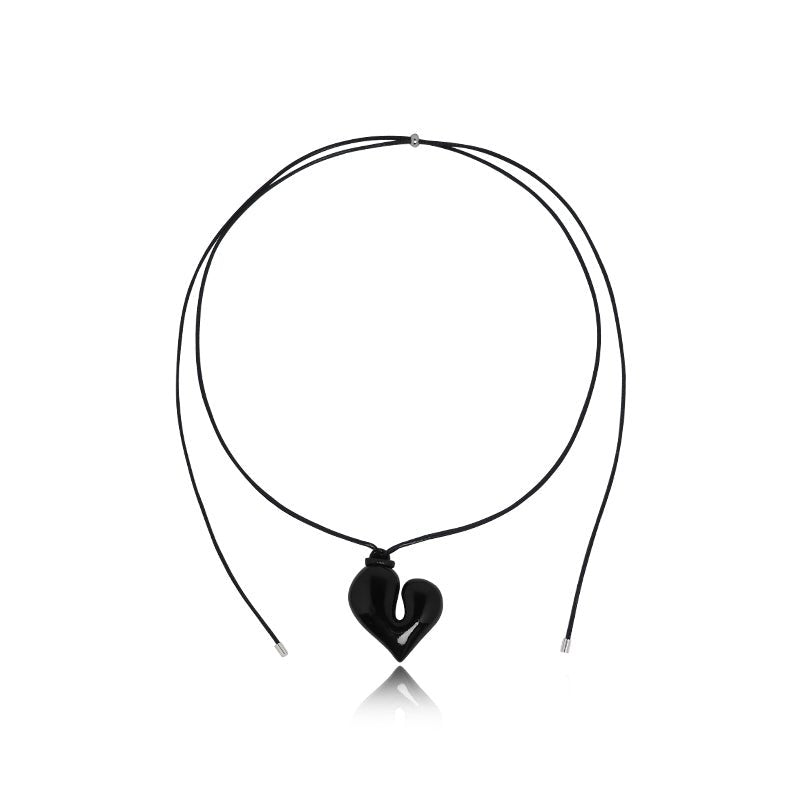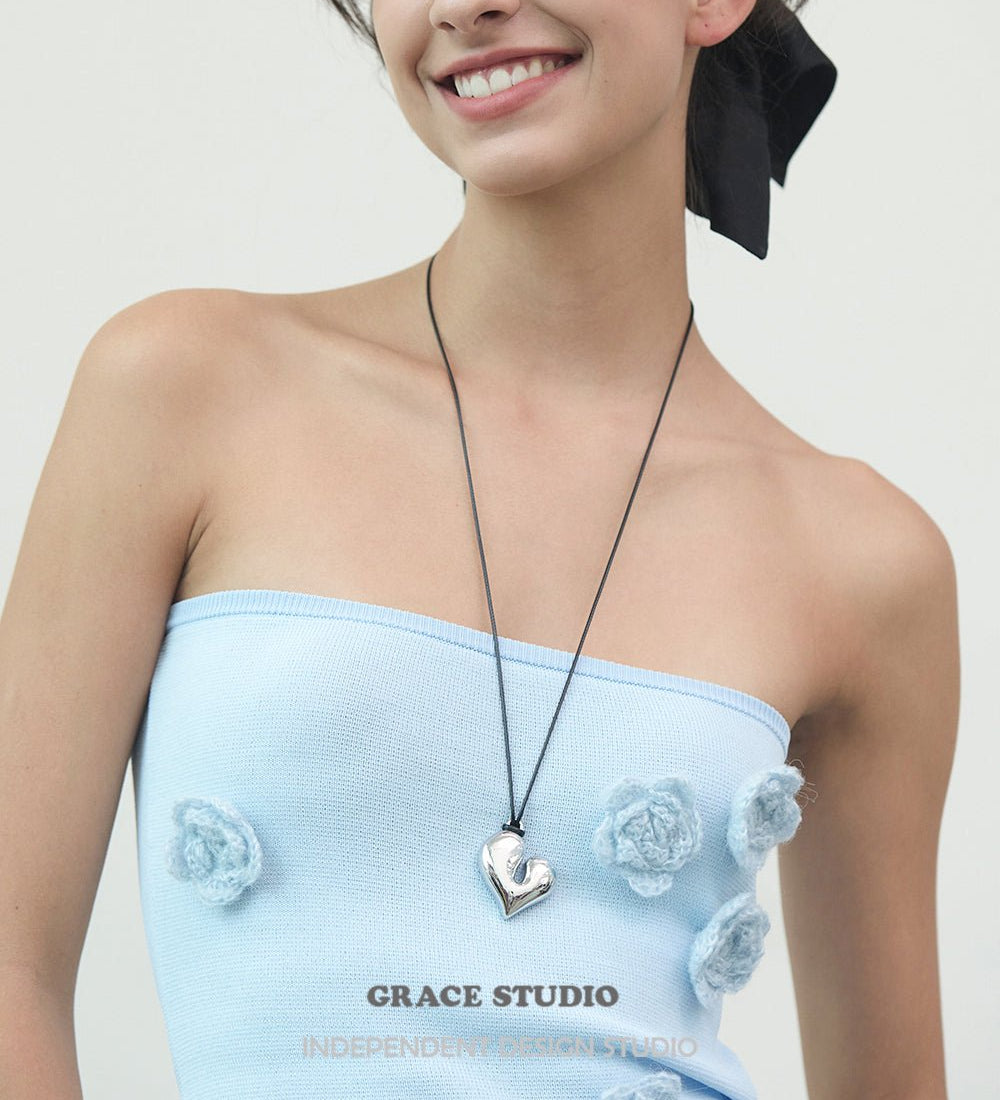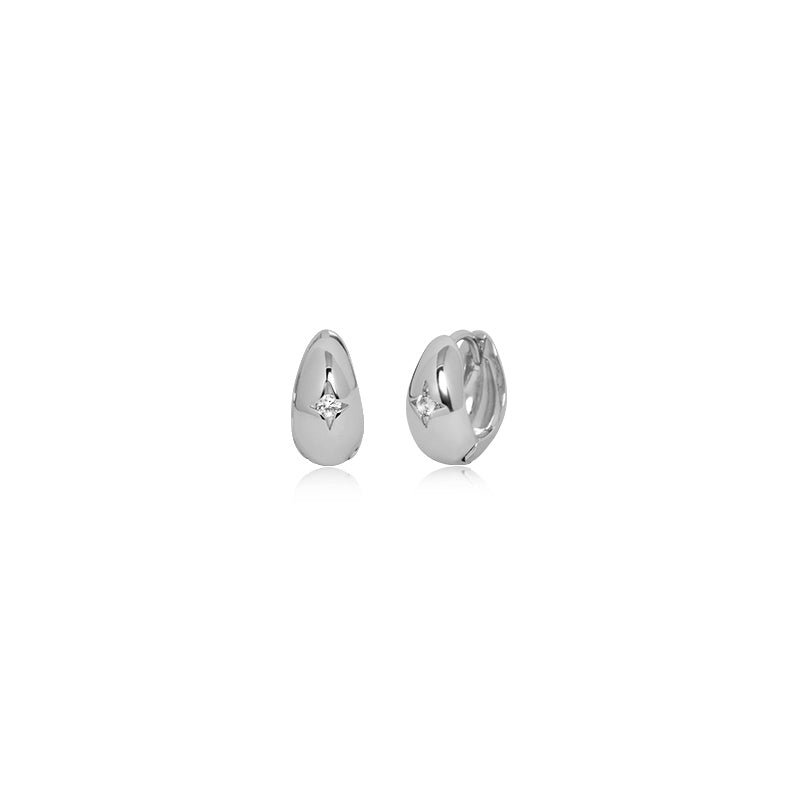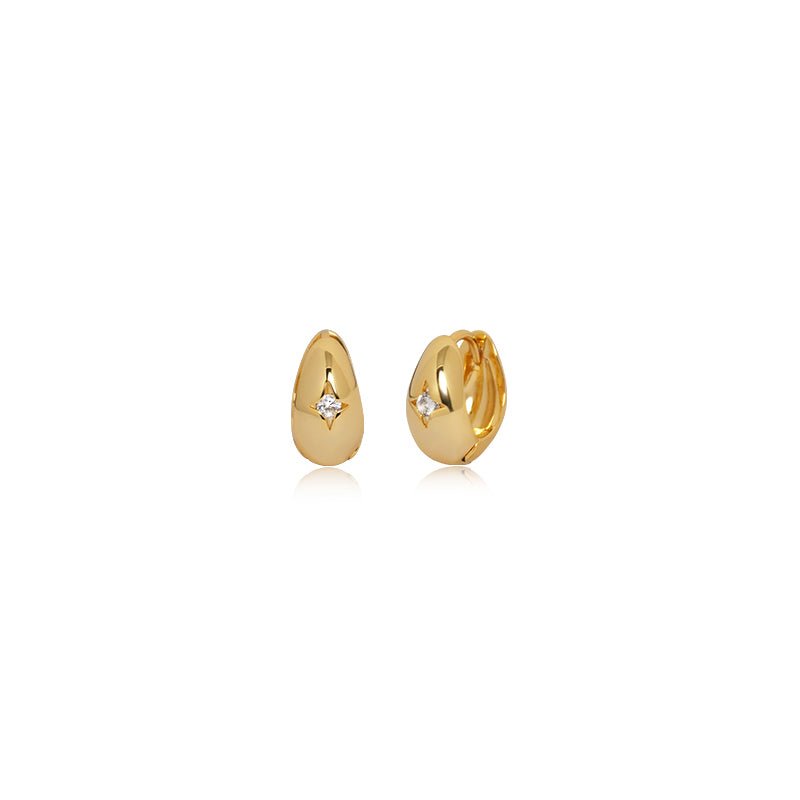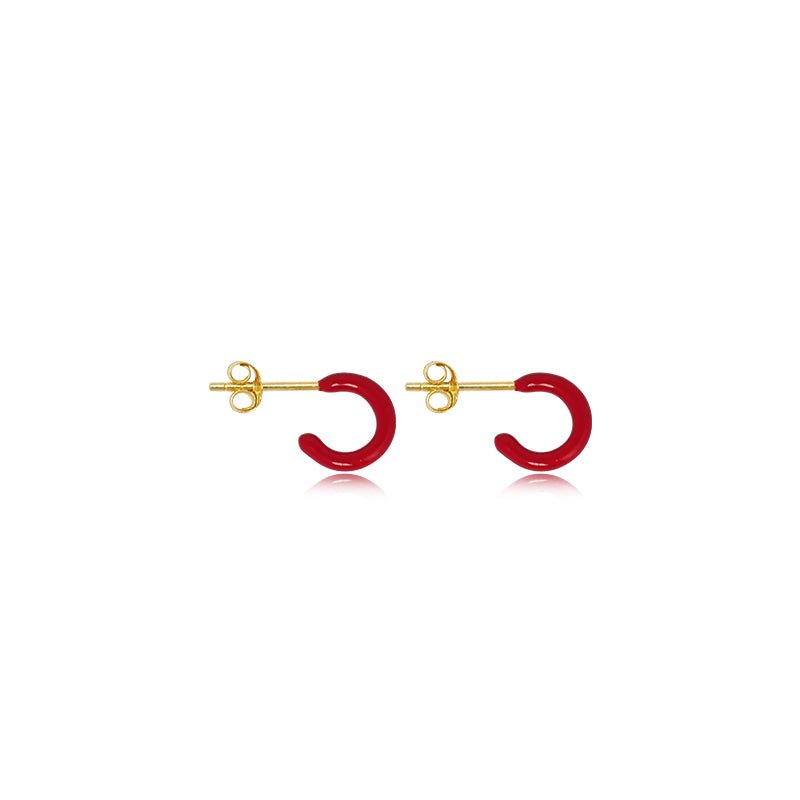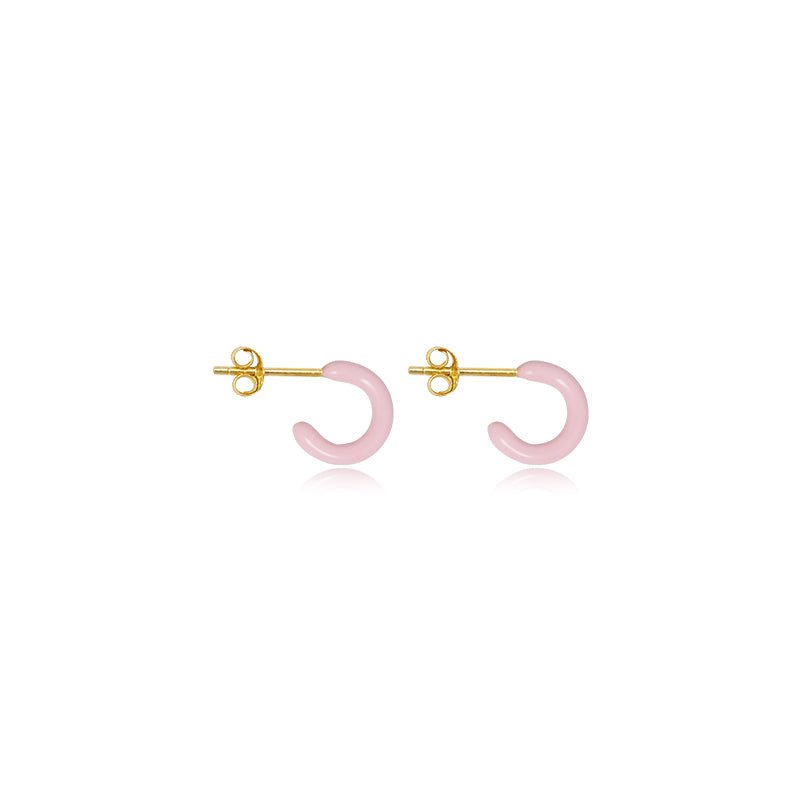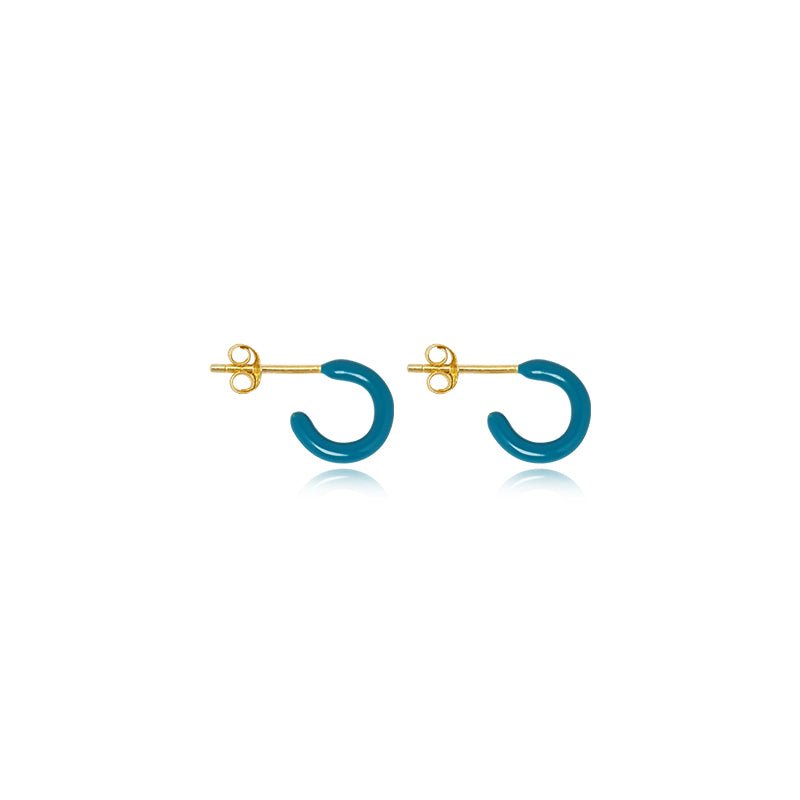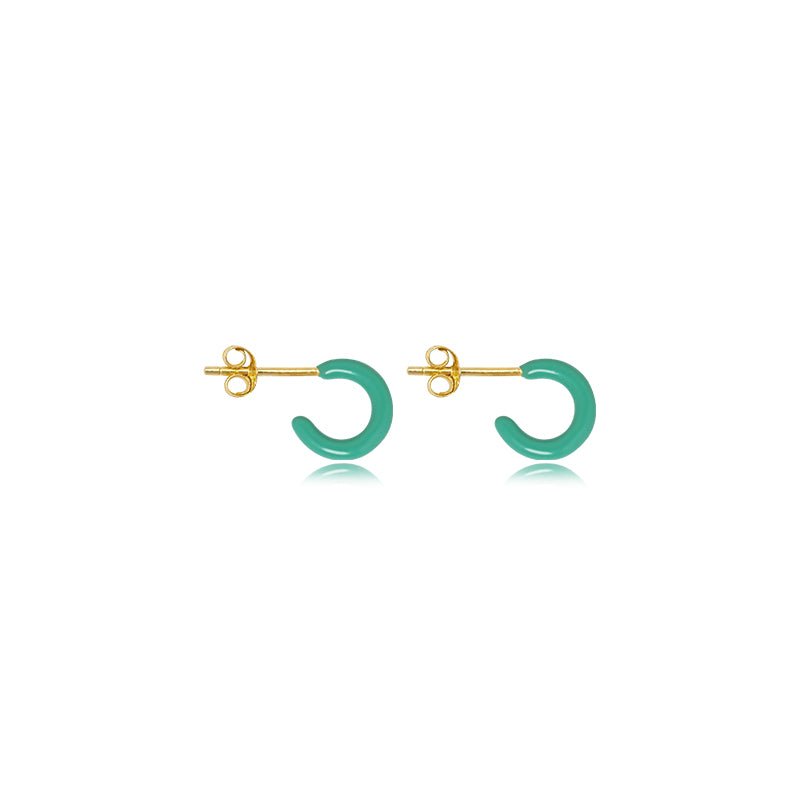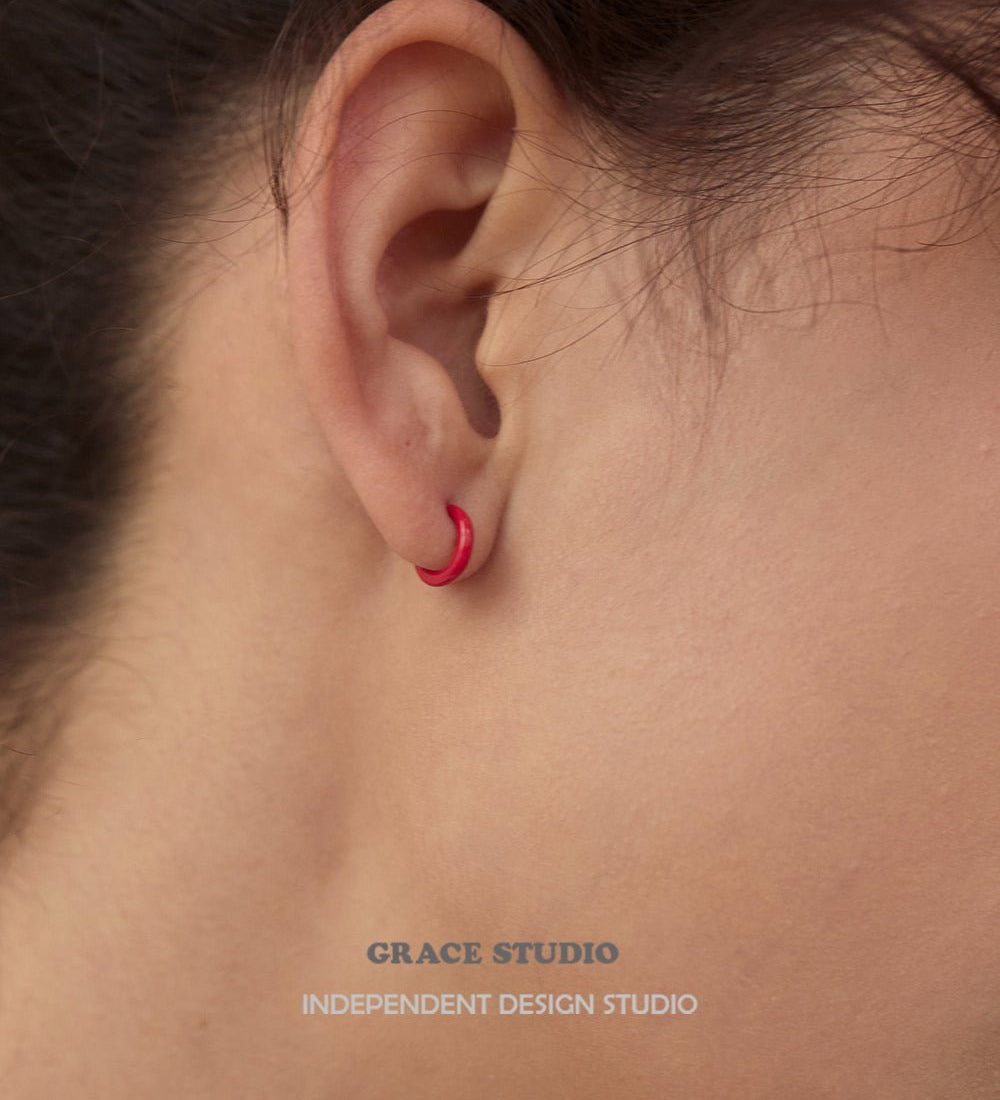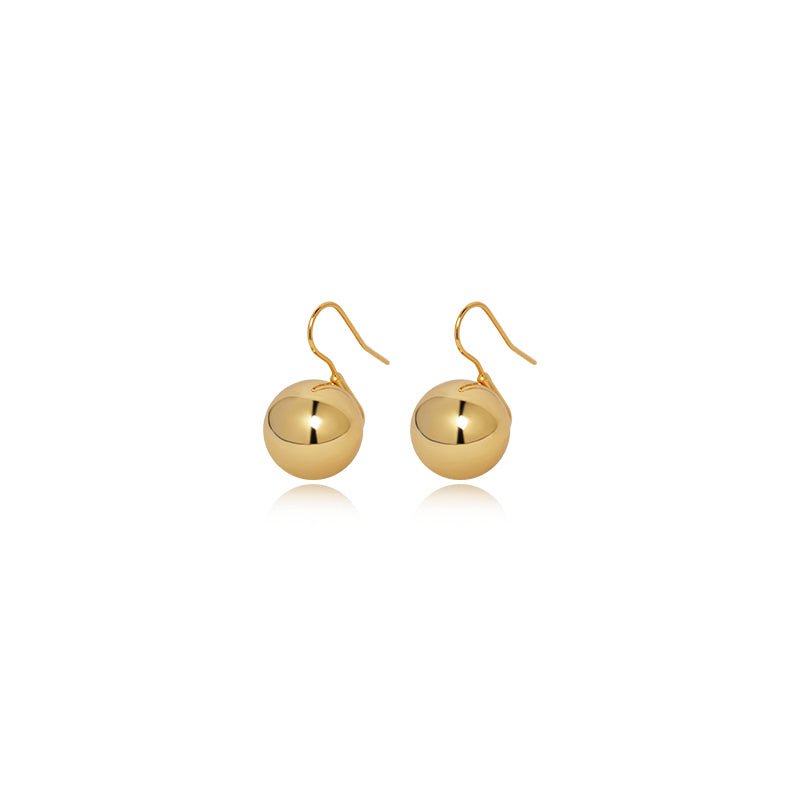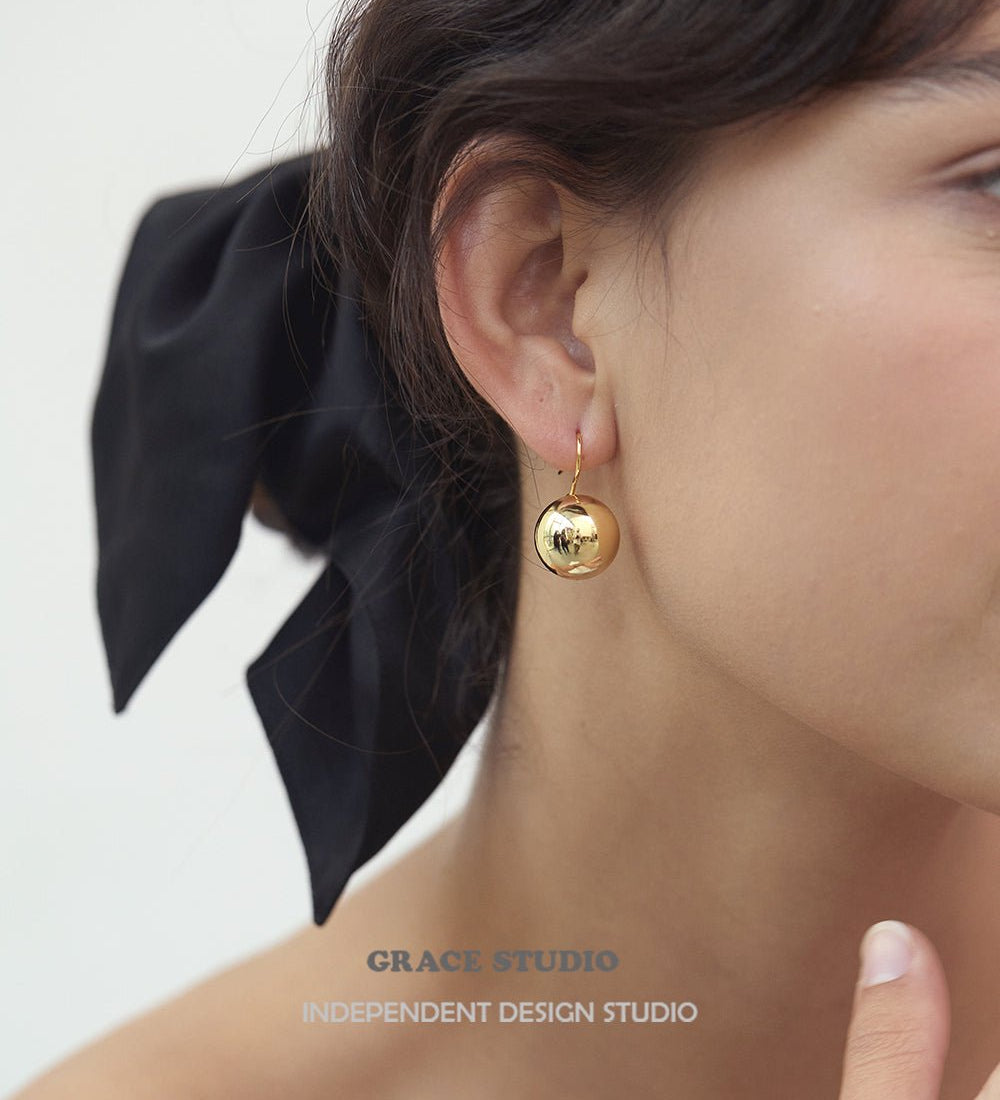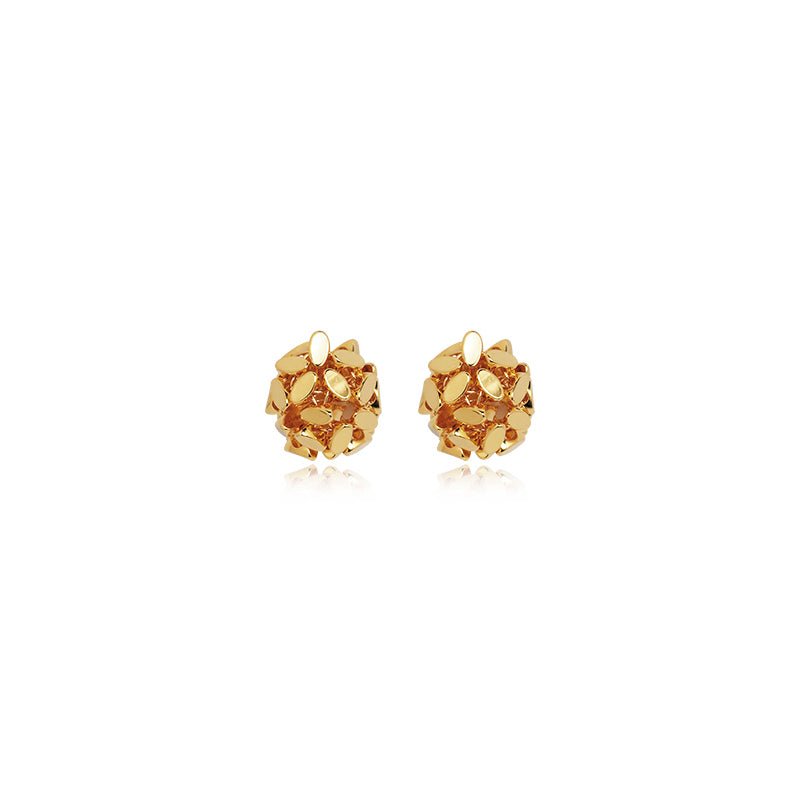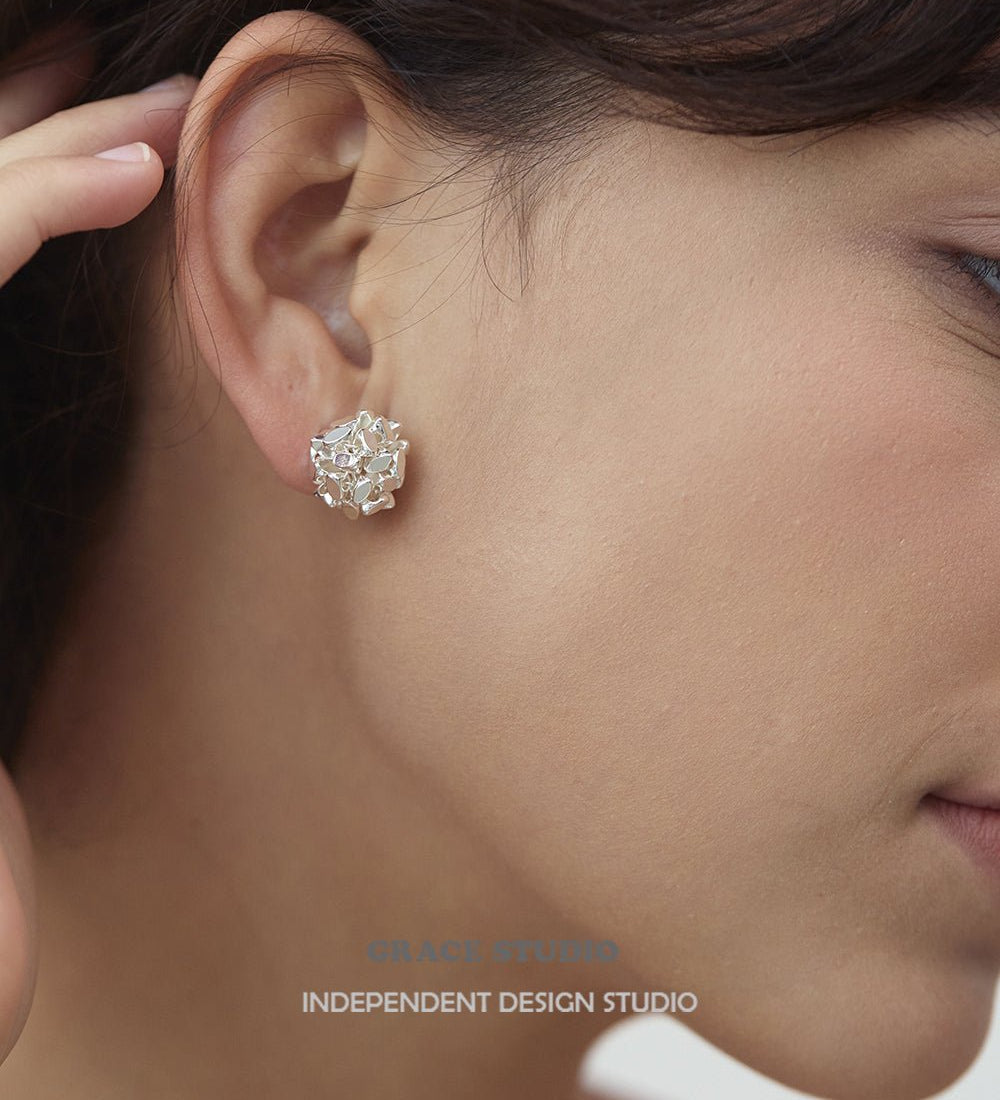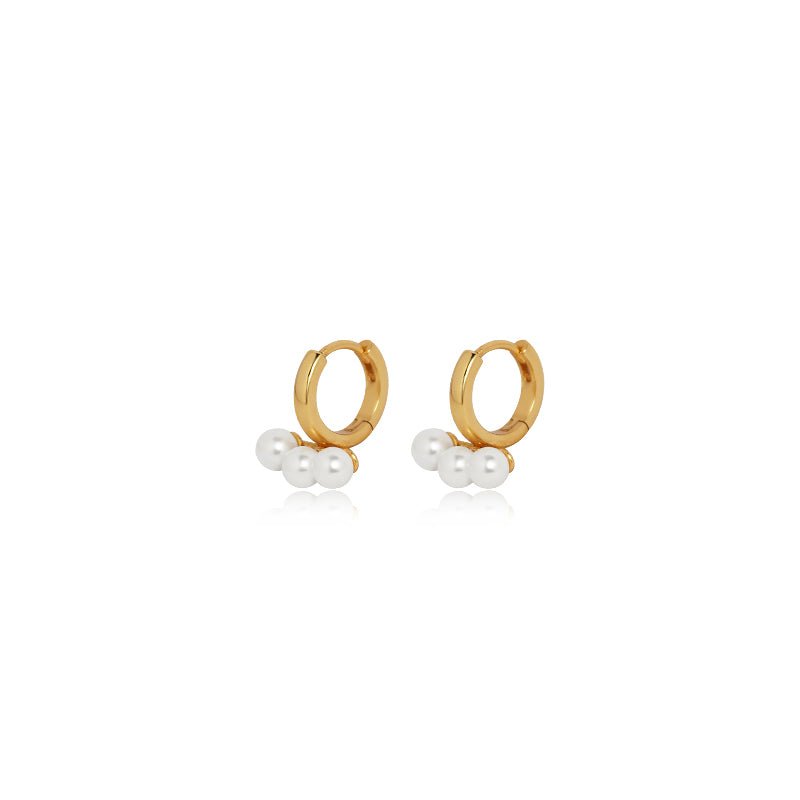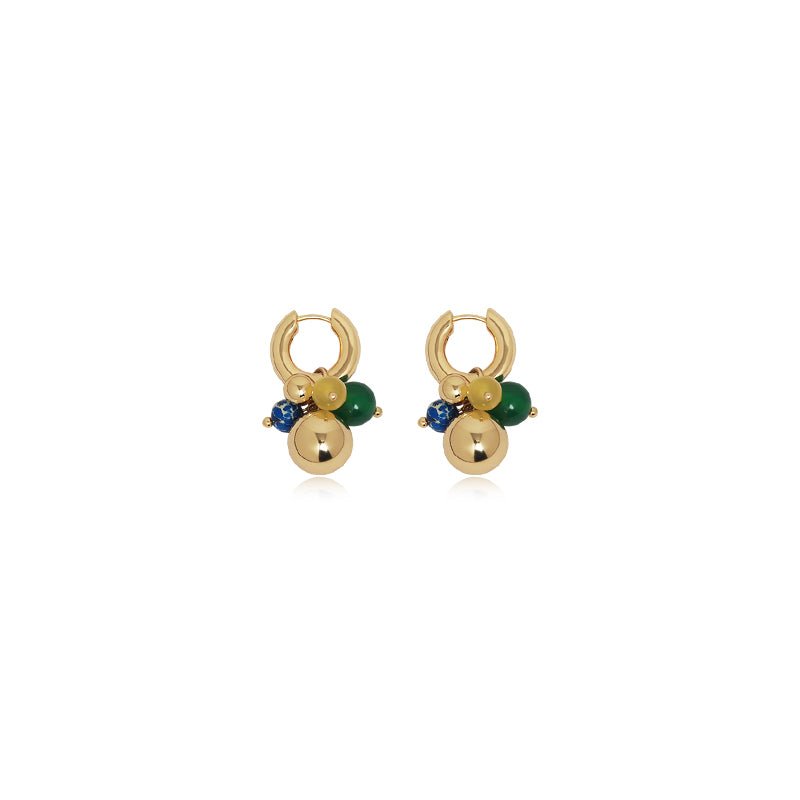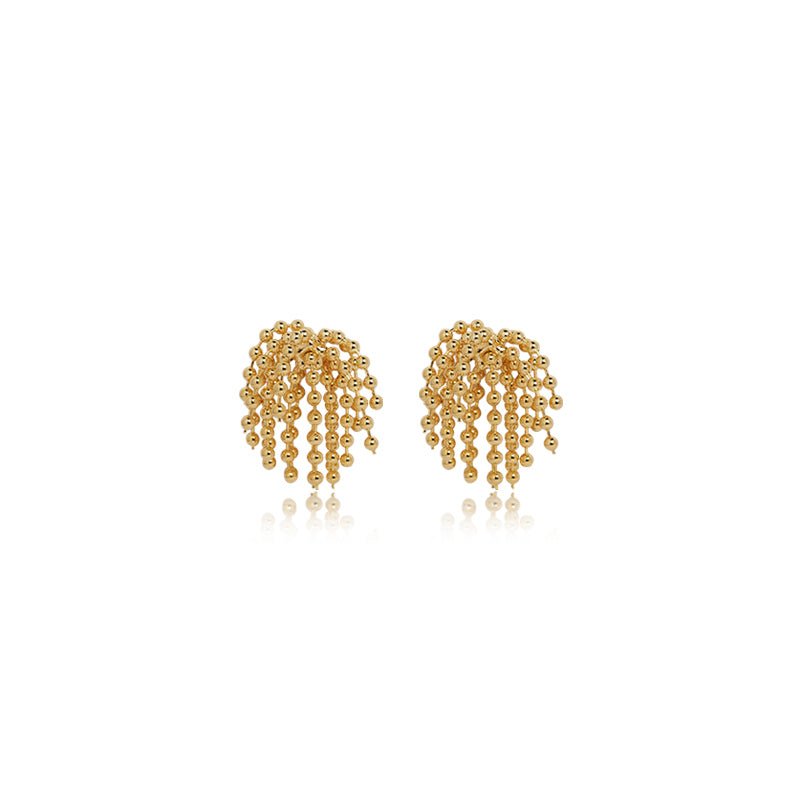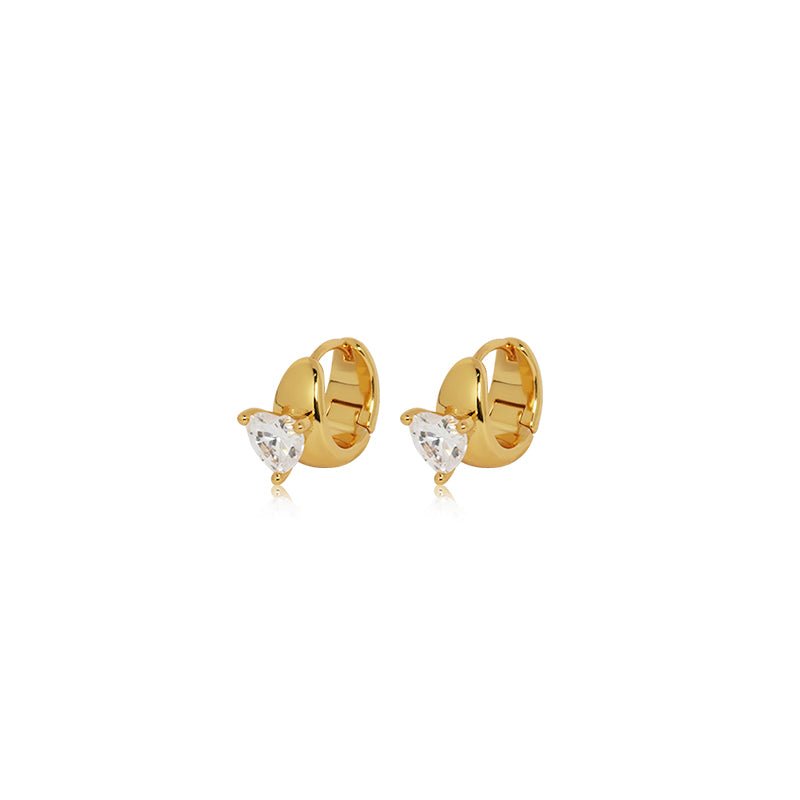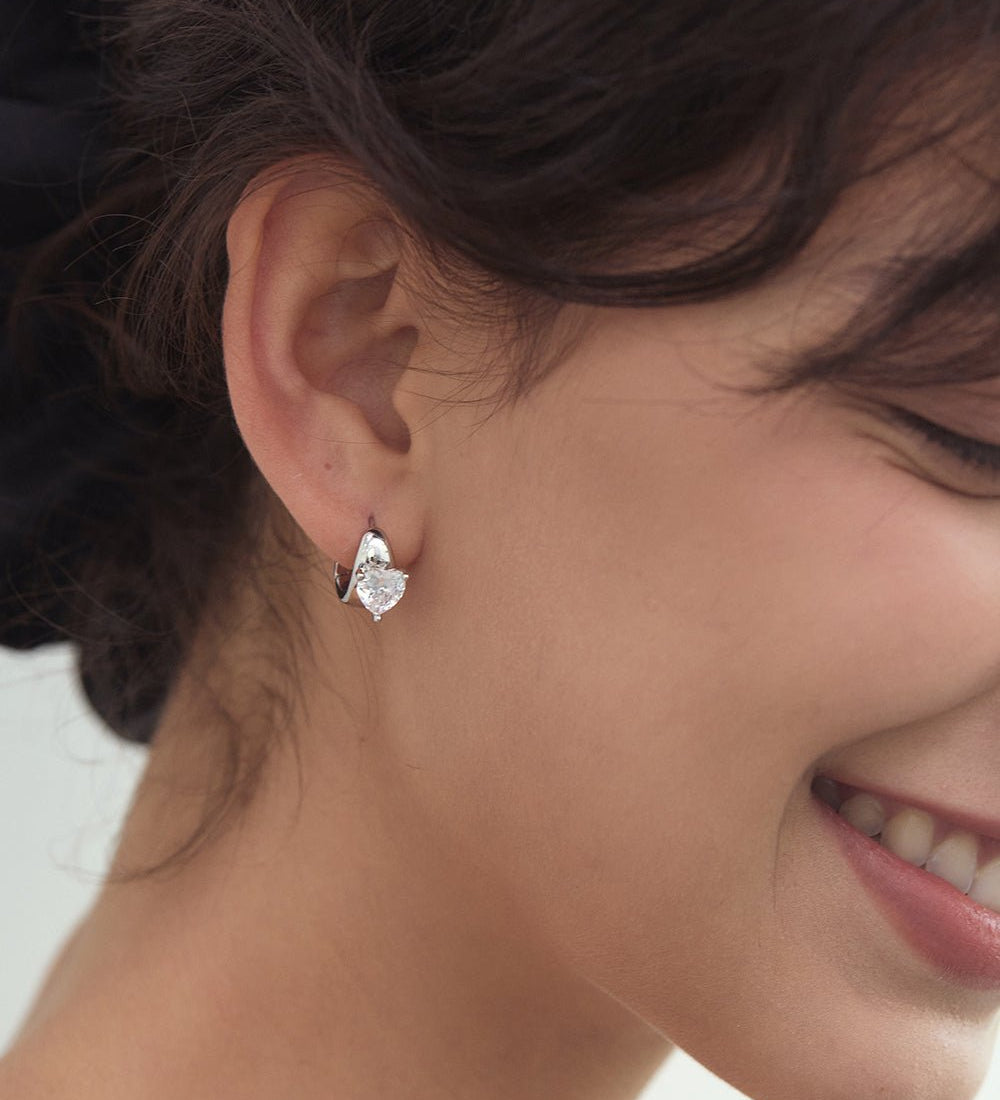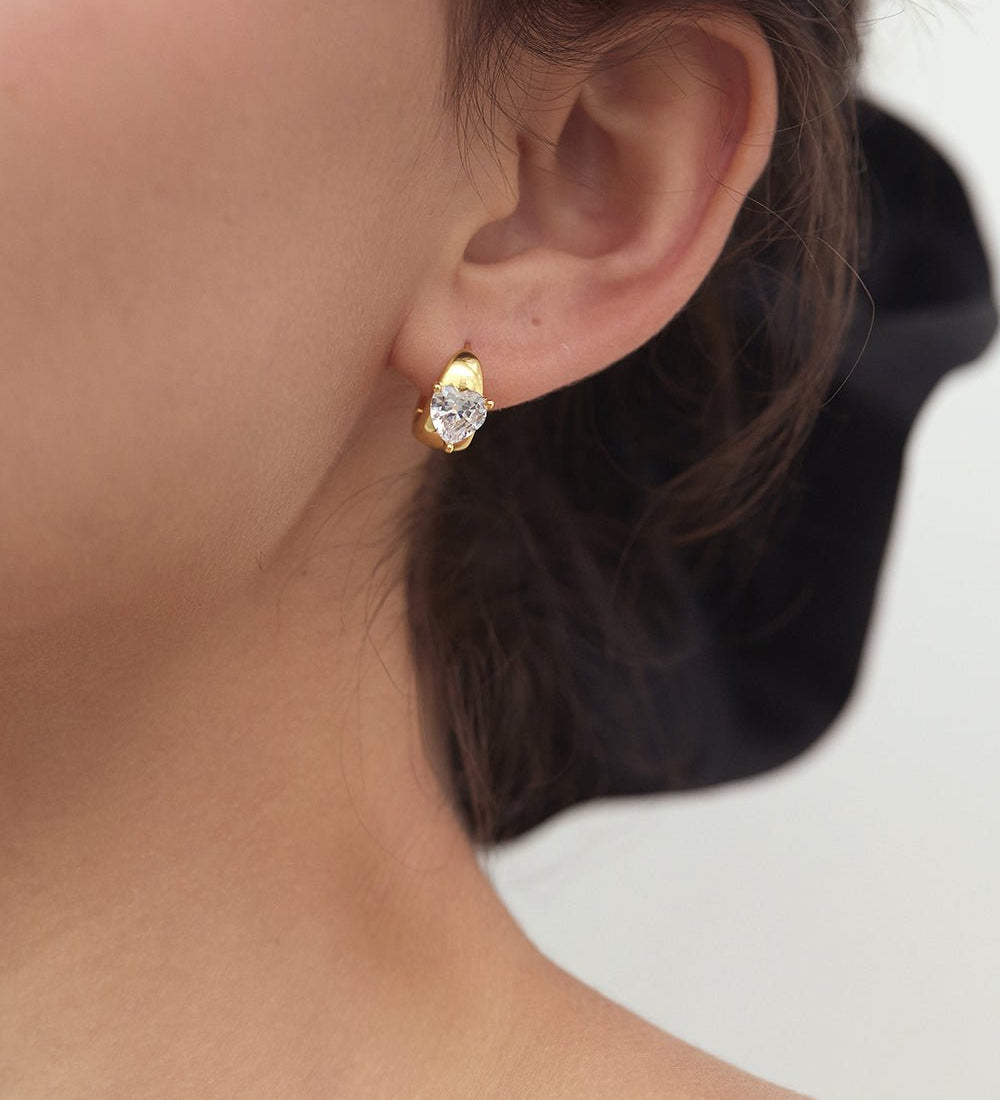How Fast Does 10K Gold Tarnish? (Realistic Timeline & Care Tips)
When most people think about gold jewelry, they imagine something timeless and forever shiny. You might have heard the saying, "Doesn't gold last forever?" However, this isn't entirely true, especially for 10K gold. Unlike higher-karat gold, 10K gold contains more alloy metals, which can lead it to tarnish relatively quickly.
In this guide, we'll explore exactly how quickly 10K gold tarnishes, what causes it, how to identify tarnish, and simple ways to maintain and care for your jewelry. By the end, you'll confidently understand if 10K gold jewelry suits your lifestyle.
What Exactly Is 10K Gold?
10K gold is an alloy composed of 41.7% pure gold, with the remaining 58.3% being a mixture of other metals like copper, zinc, nickel, and silver. These added metals make the jewelry stronger, more durable, and affordable. But there's a trade-off, these alloys also make it more prone to tarnishing.
For comparison, 14K gold contains 58.3% gold, meaning it tarnishes more slowly due to its higher gold content. Meanwhile, 18K gold has even more gold (75%), making tarnishing extremely minimal.
Why Does 10K Gold Tarnish Faster Than Higher Karats?

10K gold tarnishes faster because the alloy metals within it, especially copper, zinc, nickel, and silver, react with elements like moisture, oxygen, and common household chemicals. Copper, for instance, often leads to greenish discoloration, while nickel and zinc generally cause dullness and loss of shine over time.
Think of your 10K gold as a team: the gold is stable, but its teammates (the alloys) tend to react more easily with their environment.
How Long Does It Take for 10K Gold to Tarnish?
Generally speaking, 10K gold starts showing noticeable tarnishing within weeks to a few months of regular, everyday wear. However, this timeline can vary greatly based on your daily activities, environment, and personal habits.
Interestingly, users on platforms like Reddit commonly share their experiences, noting that with gentle care and proper storage, they've kept tarnish at bay for months. Yet, those who wear their jewelry daily without precautions often see discoloration or dullness within a few weeks.
Factors Influencing Tarnishing Speed
Daily Wear & Body Chemistry
Your body chemistry significantly impacts how quickly your 10K gold tarnishes. People with higher acidity or salt content in their sweat might notice tarnishing faster.
So, is 10K gold OK to wear every day? Absolutely, but it will require regular maintenance, particularly if you're physically active or live in a humid climate.
Exposure to Moisture
Exposure to water accelerates tarnishing. Occasional splashes are manageable, but frequent or prolonged exposure can rapidly speed up tarnishing. Swimming pools, showers, and even humid weather can accelerate discoloration.
To directly answer common concerns:
-
Will 10K gold tarnish in water? Yes, especially chlorinated or salty water.
-
How fast does 10K gold tarnish in water? Noticeable tarnish can appear after just a few exposures to chlorinated pools or saltwater.
For example, wearing your 10K ring regularly in a chlorinated pool might show dullness or color change within just a few swims.
Everyday Products and Chemicals
Products like lotions, perfumes, hair sprays, and household cleaners significantly speed up tarnishing. These products react chemically with the alloys, causing quick discoloration.
Showering with 10K Gold
Is it OK to shower with 10K gold? Occasionally yes, but frequent exposure, especially to hot, soapy water or shampoos, speeds tarnishing. For best results, remove jewelry before showering.
Identifying Tarnished 10K Gold
What Does Tarnished 10K Gold Look Like?
Tarnished 10K gold typically appears dull, dark, or slightly discolored. Early signs of tarnishing include minor dullness or brownish-black spots. Severe tarnishing shows extensive darkening and complete loss of shine.
Imagine tarnish as your jewelry’s way of telling you it needs some care, it's no longer as shiny and inviting as before.
Does 10K Gold Turn Green?
Yes, 10K gold can sometimes develop a greenish hue, particularly if it contains copper alloys. This green tint occurs due to reactions between copper and moisture or sweat. Occasionally, your skin might also turn slightly green after prolonged contact.
This discoloration isn't harmful and can be easily cleaned, but it’s a clear sign your jewelry needs attention.
Will 10K Gold Fade? (Gold Color Loss Explained)
Many people mistakenly use the terms "fading" and "tarnishing" interchangeably, but they describe different processes:
-
Fading typically refers to jewelry losing its original gold color to reveal base metals underneath. This is common in plated jewelry but doesn’t happen with solid gold.
-
Tarnishing is a chemical reaction causing a darkened or dull appearance, often resulting from exposure to air, moisture, or chemicals.
Solid 10K gold doesn't fade to reveal base metals because it's gold throughout. However, gold-plated jewelry can fade as the thin gold layer wears away over time.
Understanding Gold Plating and Its Tarnish
You might wonder, "Does 10K gold plated tarnish?" The answer is yes, it does, and typically much faster than solid 10K gold. Here's why:
Gold-plated jewelry has only a thin layer of gold over a base metal like copper or brass. When the plating wears off, which can happen within a few months to a year of regular use, the underlying metal becomes exposed and tarnishes quickly, becoming visibly dull or discolored.
Solid 10K gold, while still vulnerable to tarnishing due to alloy metals, usually tarnishes more slowly and can be easily cleaned to restore its original shine.
Easy Care Tips to Slow Tarnishing

Tarnishing can be frustrating, but simple daily habits can keep your jewelry looking bright:
Step 1: Store Jewelry Properly
Store your 10K gold jewelry in a cool, dry place away from humidity. Consider using a jewelry box lined with soft fabric or anti-tarnish strips to absorb moisture.
Household hack: If you don't have anti-tarnish strips, a small piece of chalk or silica gel packet placed with your jewelry can also absorb excess moisture.
Step 2: Remove Jewelry Before Certain Activities
Always remove jewelry before activities that involve prolonged water exposure, chemicals, or sweat. Examples include swimming, showering, exercising, or applying beauty products like lotions or perfumes.
Step 3: Routine Cleaning
Gently clean your jewelry once every one or two weeks to prevent buildup from sweat, oils, and dirt. Simple soap-and-water cleaning followed by drying with a soft cloth is highly effective.
How to Remove Tarnish from 10K Gold
Even with careful maintenance, tarnishing might still occur. Thankfully, you can restore your jewelry's sparkle easily at home:
Step-by-Step Guide:
-
Warm Soapy Water: Fill a bowl with warm water and add a few drops of mild dish soap. Soak your jewelry for about 20 minutes.
-
Gentle Scrubbing: Use a soft toothbrush to gently scrub the jewelry, focusing on areas with visible tarnish.
-
Rinse and Dry: Rinse the jewelry thoroughly under clean, warm water. Pat it dry with a soft, lint-free cloth.
Budget-friendly tip: Use a specialized jewelry polishing cloth regularly to keep your jewelry bright. Avoid abrasive cleaning methods, as these can scratch the surface of your jewelry.
Is 10K Gold Even Worth Buying? (Pros & Cons)
Choosing jewelry can be challenging, so let's simplify the decision:
Pros:
-
Affordable: Lower cost due to less pure gold.
-
Durable: More resistant to scratches and dents compared to higher-karat gold.
-
Ideal for Daily Wear: Its toughness makes it practical for daily use.
Cons:
-
Faster Tarnishing: Requires regular maintenance.
-
Color: Slightly paler and less vibrant than higher-karat gold.
If affordability, practicality, and durability align with your needs, 10K gold is a fantastic option, especially for everyday wear jewelry like rings and necklaces.
Comparison: 10K vs. 14K vs. 18K Gold
Choosing between gold types often comes down to balancing your lifestyle and preferences:
-
10K Gold: Tarnishes fastest but is the most durable and budget-friendly. Great for everyday jewelry.
-
14K Gold: A good balance with minimal tarnishing under proper care. Offers richer color and durability.
-
18K Gold: Tarnishes least, has the richest gold color, but is more expensive and less durable (prone to scratches).
Real-Life Examples
-
Swimming Pool Scenario: Wearing 10K gold regularly in a chlorinated pool can noticeably tarnish jewelry within weeks.
-
Daily Wear Scenario: With proper daily care, regular cleaning and proper storage, users typically maintain 10K jewelry without noticeable tarnish for several months.
Household Hacks for Preventing Tarnish
Here are additional quick tips to preserve your jewelry longer:
-
DIY Anti-Tarnish Solution: Wrap jewelry individually in soft cloth or tissue paper before storing.
-
Quick Maintenance: Wipe jewelry with a dry cloth after each wear to remove sweat and oils.
Conclusion
Understanding how quickly 10K gold tarnishes, recognizing signs of tarnish, and applying practical care methods can significantly extend your jewelry's beauty. Solid 10K gold, with proper maintenance, can remain a beautiful, budget-friendly choice for daily wear.
Use these straightforward strategies to confidently wear and enjoy your 10K gold jewelry, knowing exactly how to keep it in excellent condition.

